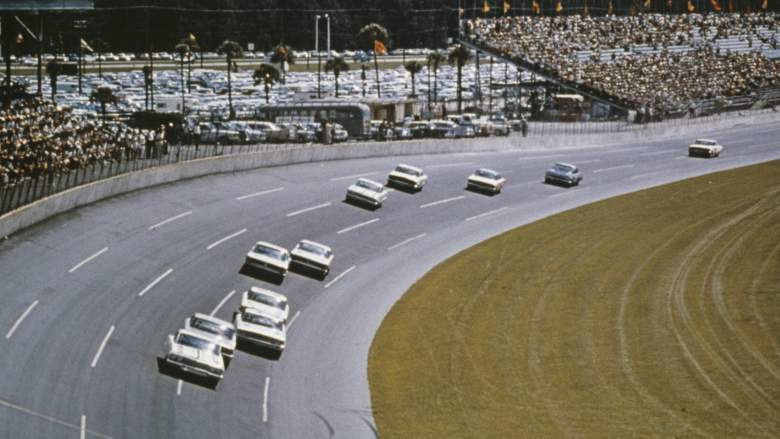
When the NASCAR Cup Series field rolled into Daytona Beach, Florida, in February of 1959, nobody knew what to expect.
Bill France’s new 2.5-mile monstrosity, christened as the Daytona International Speedway, was alien to a racing league that ran most of its races on tiny dirt tracks tucked away from civilization.
The track and its potential speeds were an unknown quantity to the field. The 1.33-mile Darlington Raceway in South Carolina was perhaps the closest comparison to Daytona, as the 1.5-mile Charlotte Motor Speedway (1960) and the 2.66 mile Talladega Superspeedway (1969) weren’t yet holding races.
The high banks and long straightaways meant unprecedented speeds were reached in practice and qualifying. Bob Welborn’s pole run of 140.1 miles per hour far eclipsed Curtis Turner’s pole qualifying effort at the inaugural Southern 500 in 1950, and the average speed of the first ‘Great American Race’ was 53 miles per hour quicker than that of the first Southern 500.
History in the Making
A field of 59 cars put together an average race speed of 135.5 miles per hour in a caution-free event for the nearly 42,000 fans in attendance. In the closing laps, Lee Petty and Johnny Beauchamp – the only two cars to finish the race on the lead lap – were neck and neck, having battled each other for the win over the final 30 laps.
When Petty and Beauchamp crossed the finish line, they did so with the lapped car and fifth-place finisher of Joe Weatherly between them. It was one of the first “photo-finishes” in NASCAR history, and perhaps the most important.
When the Daytona dust settled, Beauchamp was declared the winner. The victory was the first of his Cup Series career.
That was until Petty protested, claiming he had two feet on Beauchamp at the line. When France and NASCAR officials took a look at the photographs snapped by photographer T. Taylor Warren, they concurred with Petty’s analysis.
On Wednesday, February 25, three days after the race ended, France declared Petty the winner of the inaugural Daytona 500.
65 Years Later
It’s a distinction and an achievement that rings just as loudly as Petty’s other 53 Cup Series victories or his three championships. Nearly 66 years after Petty won the inaugural Daytona 500, his name remains etched in sports history as the first winner of one of the most prestigious races in the world.
Every February when the sizzle reels of iconic Daytona moments play on pre-race shows, Petty and Beauchamp’s Daytona epic is always included. It’s a race that become a legend in itself, and a race whose story will forever endure the test of time.
Few sports can claim that the first iteration of their most pretigious event was a huge hit. Super Bowl I was a blowout. The inaugural NBA Finals in 1947 featured a 4-1 series victory by the Philadelphia Warriors.
But NASCAR’s most prestigious event gave the then-fledgling sport an incredible finish to the first Daytona 500, a race that is now the biggest draw on the NASCAR calendar.
Other incredible Daytona 500 finishes have come and gone, but only one can be first. That honor goes to the 1959 edition of the race, which forever has its place in racing history.